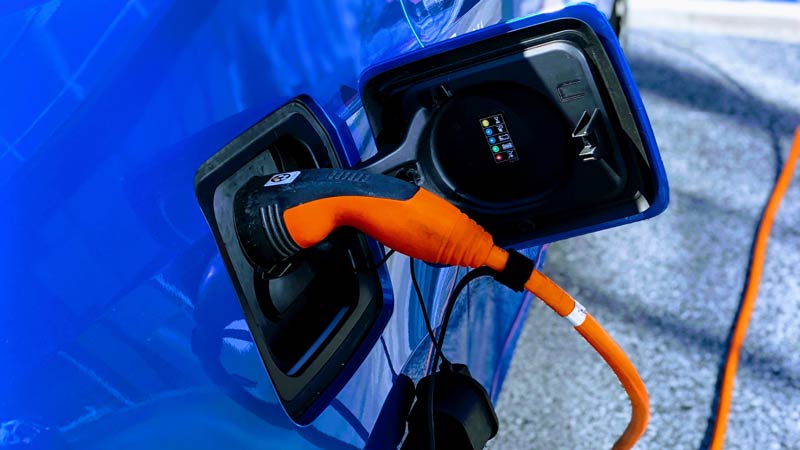
The demand for zero and low emissions for vehicles is on the rise in Europe, with all-electric vehicles leading the way, according to new data released by the European Automobile Manufacturers Association.
The figures, which compare third quarter car sales data for 2018 with that of 2017 across the European Union, show that “alternatively-powered vehicles” (APV) are up by almost 30% across the board, while diesel sales are on the decline.
Out of the total electric and alternatively-powered car sales, the highest increase in sales was seen in battery electric vehicles (BEV), with a 37.9 per cent increase across the EU.
Hybrid sales were not far behind, with an increase of 37.1 per cent, and plug-in hybrid (PHEV) sales saw a growth of 24.5 percent.
For reference sake, ECV refers to electric chargeable vehicles including both all-electric and PHEV, while “other” APVs refers to natural gas and propane-fuelled vehicles.
Petrol-powered car sales also saw an increase in sales (+16.6%) but did not experience the same growth seen in electric and other alternatively fuelled vehicles, according to the data.
The biggest impact came on diesel cars, where sales plunged by more than 18 per cent, indicating a significant switch in chosen technologies – most likely as much to do with price, environment, and government mandates.
The greatest jump was seen in Denmark, where PHEV sales have jumped by 1,406 per cent (994 PHEVs sold compared to just 66 in 2017) according to the AECA figures.
This is a good sign for the Sandinavian country which has just done an about turn on EV policy, banning the sale of all ICE cars from 2030, after scaling back exemptions on registration fees back in 2015.
Another notable increase in EV sales is in the Netherlands, which saw a 143.6 per cent increase from 2,396 (2017) to 6,553 (2018) in the third quarter for battery electric sales, and the EU’s second largest increase in PHEV sales (+152%), largely thanks to generous registration and road tax incentives.
Looking at aggregate numbers, Germany led the way for Q3 BEV sales, with 7,381 total sales for the quarter, a steady increase from 6,306 the previous year (+17% YoY).
This was followed by France (5,852, an increase of 11.8% YoY) who just beat Netherlands by 15 BEVs, followed by the UK where 3,829 BEVs were sold (+11.2% YoY).
The UK also bought up an impressive 11,662 PHEVs (+16.6% YoY) – although in the wake of PHEV incentives being dropped for Category 2 and 3 PHEVs last week and a scandal that many fleet PHEVs bought under the scheme may not ever have been charged, it’s likely these figures may be very different this time next year.
The world leading EV market of Norway, which of course was not included in the overall EU data, experienced continuing growth in BEV sales (11,261 in 2018 against 8,464 in 2017, a 33% increase).
This was met almost identically by a significant drop in PHEV sales (only 4,988 against 7,430 the year before, a -32.9%), suggesting buyers are simply opting for all-electric over plug-in hybrids.
PHEV sales in Germany (8,884, +9% YoY), Sweden (5,595, +57.7 YoY) and France (3,748, +30% YoY) also remain strong.
